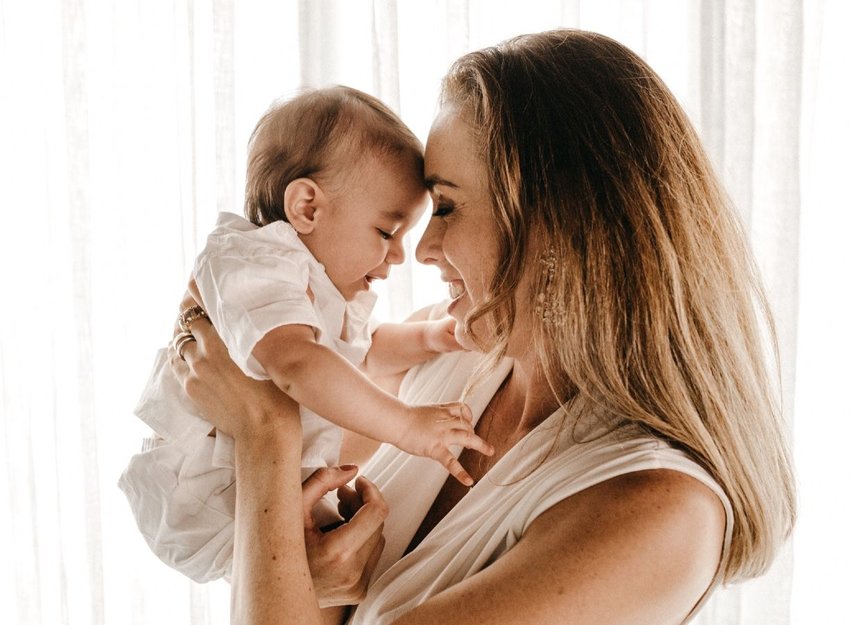It happens to all of us. You're around a newborn baby and you start oohing and ahhing and let out a coochie-coo or two. You’d never talk to another adult like that or even an older child, so why do you speak like that to babies and toddlers? It turns out that there’s a scientific reason for this behavior! It's a good thing to babble and use baby talk around young children. How do they benefit from it, though, and why do we do it?
What does babbling mean to babies?
Whether you love baby talk or roll your eyes when you hear someone babbling to a baby in public, this strange form of communication serves a real purpose. It turns out that it’s a natural instinct and most people don’t even realize they’re doing it.
Baby talk is slow, high-pitched, and not necessarily understandable. It's also important to a baby’s development. As you hold these babbling conversations with a baby, he or she learns that by making sounds, you'll respond. That high, singsong voice tells them that if they smile at you, you’ll respond positively. The slow speed and simple words of baby talk allow babies to listen to the words you say, so that one day they can eventually repeat them.
Do babies like it?
Yes! It’s called baby talk for a reason. Babies love baby talk. Have you ever noticed that when you talk in that babbling voice, babies smile and get really excited? They try to talk back to you and wave their arms and legs. However, babbling doesn't just make babies feel good. They like it because it makes them feel closer to you. You’re speaking their language — and baby talk is a language. The "New York Post" calls it “Motherese,” although many people now use the more inclusive term “Parentese.”
The most fascinating thing about parentese is that it’s a rare phenomenon of a common language spoken across almost every other language. Even if you don’t understand the native tongue of the baby’s parent, you can still identify baby talk when you hear it.
